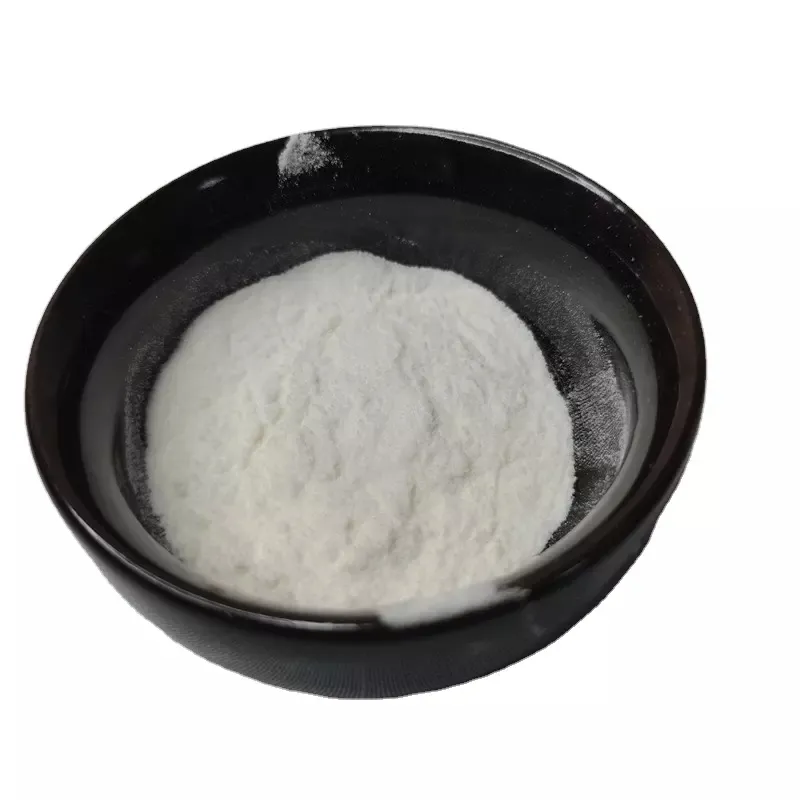Warning: Undefined array key "title" in /home/www/wwwroot/HTML/www.exportstart.com/wp-content/themes/1198/header.php on line 6
Warning: Undefined array key "file" in /home/www/wwwroot/HTML/www.exportstart.com/wp-content/themes/1198/header.php on line 7
Warning: Undefined array key "title" in /home/www/wwwroot/HTML/www.exportstart.com/wp-content/themes/1198/header.php on line 7
Warning: Undefined array key "title" in /home/www/wwwroot/HTML/www.exportstart.com/wp-content/themes/1198/header.php on line 7
- Afrikaans
- Albanian
- Amharic
- Arabic
- Armenian
- Azerbaijani
- Basque
- Belarusian
- Bengali
- Bosnian
- Bulgarian
- Catalan
- Cebuano
- China
- China (Taiwan)
- Corsican
- Croatian
- Czech
- Danish
- Dutch
- English
- Esperanto
- Estonian
- Finnish
- French
- Frisian
- Galician
- Georgian
- German
- Greek
- Gujarati
- Haitian Creole
- hausa
- hawaiian
- Hebrew
- Hindi
- Miao
- Hungarian
- Icelandic
- igbo
- Indonesian
- irish
- Italian
- Japanese
- Javanese
- Kannada
- kazakh
- Khmer
- Rwandese
- Korean
- Kurdish
- Kyrgyz
- Lao
- Latin
- Latvian
- Lithuanian
- Luxembourgish
- Macedonian
- Malgashi
- Malay
- Malayalam
- Maltese
- Maori
- Marathi
- Mongolian
- Myanmar
- Nepali
- Norwegian
- Norwegian
- Occitan
- Pashto
- Persian
- Polish
- Portuguese
- Punjabi
- Romanian
- Russian
- Samoan
- Scottish Gaelic
- Serbian
- Sesotho
- Shona
- Sindhi
- Sinhala
- Slovak
- Slovenian
- Somali
- Spanish
- Sundanese
- Swahili
- Swedish
- Tagalog
- Tajik
- Tamil
- Tatar
- Telugu
- Thai
- Turkish
- Turkmen
- Ukrainian
- Urdu
- Uighur
- Uzbek
- Vietnamese
- Welsh
- Bantu
- Yiddish
- Yoruba
- Zulu
Pro . 10, 2024 13:38 Back to list
exploring the diverse applications and benefits of adipic acid ...
Exploring the Diverse Applications and Benefits of Adipic Acid
Adipic acid, a white crystalline compound with the chemical formula C6H10O4, is a vital organic compound that plays a significant role in various industries. It is predominantly utilized in the production of nylon, making it an essential building block in the synthetic fibers and plastics industry. However, its applications extend far beyond that, encompassing food, pharmaceuticals, and even agriculture, demonstrating its versatility and importance in modern society.
Industrial Applications
The most well-known application of adipic acid is in the manufacture of nylon 6,6, which is derived from the condensation of adipic acid with hexamethylenediamine. This type of nylon is renowned for its strength, durability, and resistance to abrasion and heat. Consequently, it is widely used in the automotive, textile, and consumer goods industries for products such as carpets, clothing, and components for vehicles. Nylon’s excellent mechanical properties ensure that products made from it are long-lasting and reliable, which is a significant advantage in today’s market.
In addition to nylon production, adipic acid is also utilized in the manufacture of polyurethanes, which are used in various applications from foams and elastomers to coatings and adhesives. Polyurethanes derived from adipic acid possess desirable characteristics such as flexibility, durability, and resistance to wear, making them suitable for a wide range of products including insulation materials, footwear, and furniture.
Food and Beverage Industry
Adipic acid is recognized as a food additive, classified as a flavoring agent and acidulant. It is used to impart a tart flavor in certain food products, enhancing their taste and appeal. Its application in food and beverages is regulated to ensure safety for human consumption, and as such, it is commonly found in products such as candies, jams, and soft drinks. Beyond flavor enhancement, adipic acid can also act as a pH regulator, optimizing the acidity of food products to improve their shelf life and stability.
exploring the diverse applications and benefits of adipic acid ...

Pharmaceutical Applications
In the pharmaceutical industry, adipic acid serves as an excipient in drug formulations. Its role as a stabilizer and filler is critical in the production of tablets and capsules, ensuring the consistency and effectiveness of medications. Additionally, adipic acid has been explored for its potential benefits in drug delivery systems, providing a biodegradable platform for controlled release formulations.
Environmental Impact and Sustainability
As the demand for sustainable practices in various industries grows, the production of adipic acid is also evolving. Traditionally, adipic acid is derived from fossil fuels, contributing to greenhouse gas emissions. However, recent advances in biotechnology are paving the way for producing adipic acid through renewable resources, such as biomass. This biotechnological approach not only helps reduce the carbon footprint associated with its production but also promotes the use of environmentally friendly materials, aligning with global sustainability goals.
Conclusion
The diverse applications of adipic acid underscore its significance in numerous industries, from textiles and consumer products to food and pharmaceuticals. As companies continue to seek sustainable practices, the exploration of alternative production methods for adipic acid could lead to more environmentally friendly practices without compromising quality. Adipic acid’s adaptability and potential for innovation make it a compound worthy of continued research and application, ensuring it remains relevant in a rapidly changing industrial landscape. As we look towards the future, the role of adipic acid will undoubtedly evolve, driven by advancements in technology and an increased emphasis on sustainability.
Latest news
-
Certifications for Vegetarian and Xanthan Gum Vegetarian
NewsJun.17,2025
-
Sustainability Trends Reshaping the SLES N70 Market
NewsJun.17,2025
-
Propylene Glycol Use in Vaccines: Balancing Function and Perception
NewsJun.17,2025
-
Petroleum Jelly in Skincare: Balancing Benefits and Backlash
NewsJun.17,2025
-
Energy Price Volatility and Ripple Effect on Caprolactam Markets
NewsJun.17,2025
-
Spectroscopic Techniques for Adipic Acid Molecular Weight
NewsJun.17,2025

